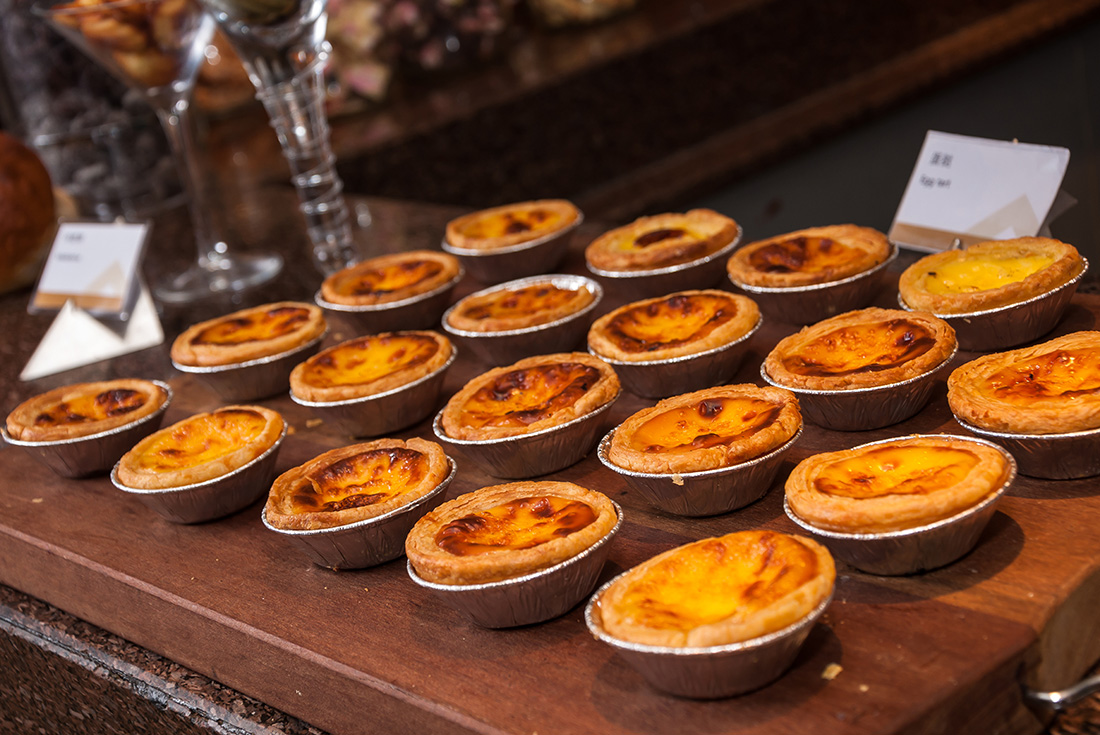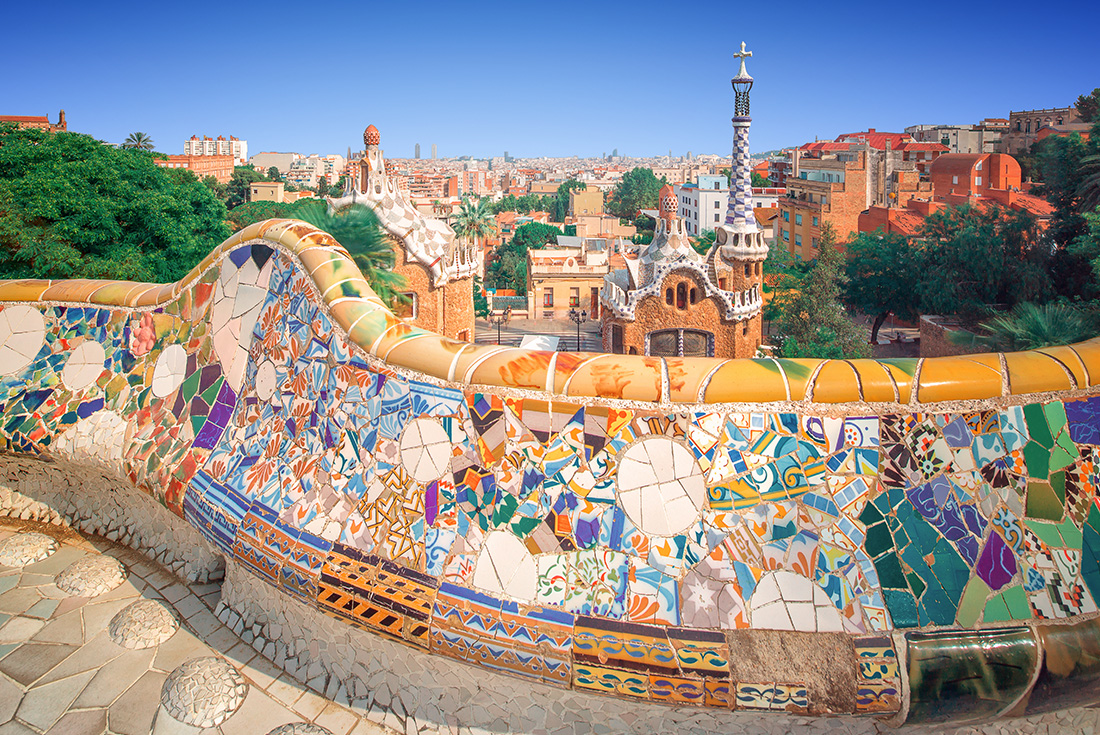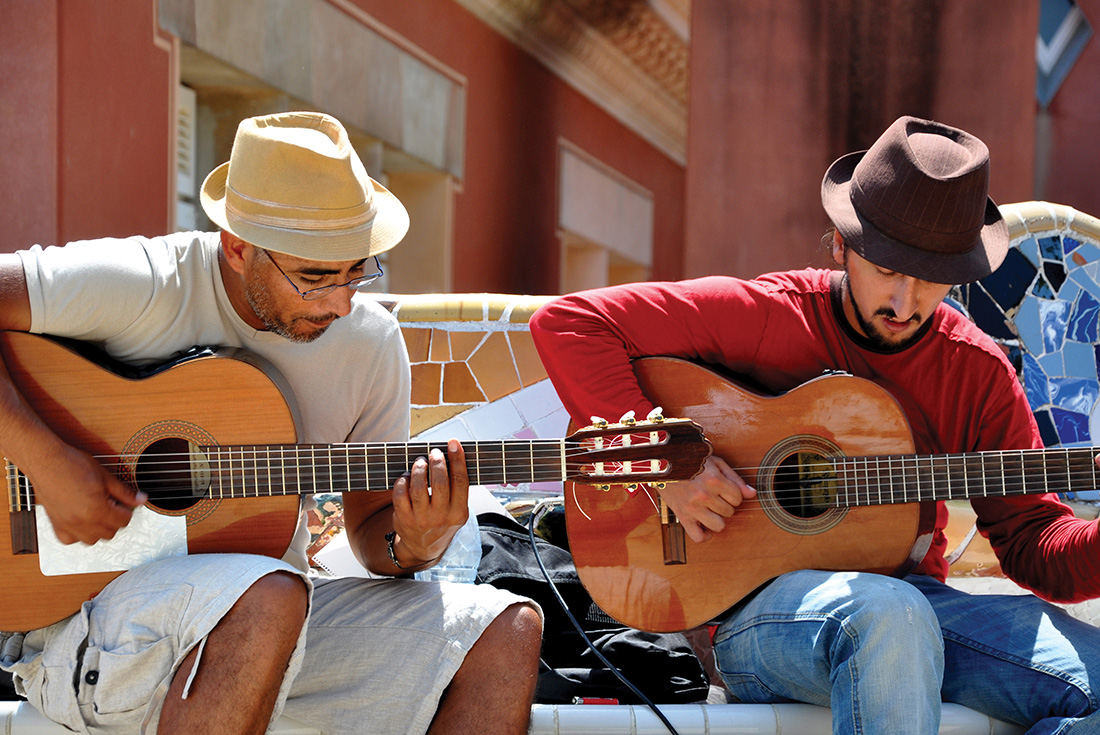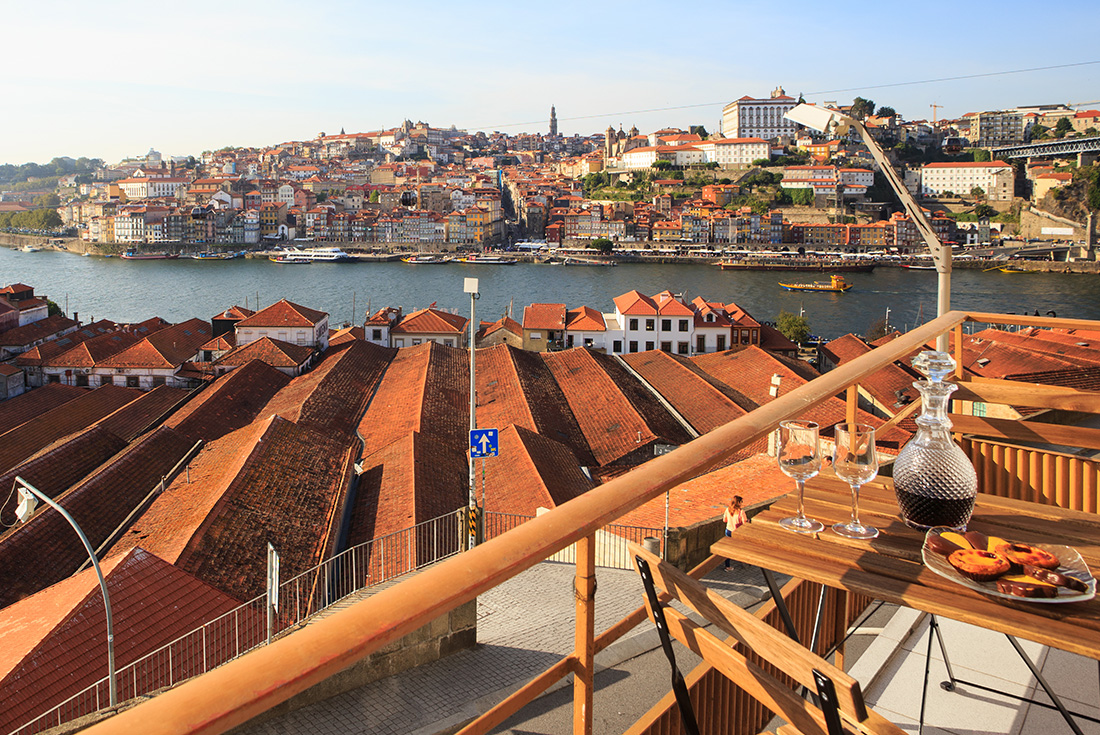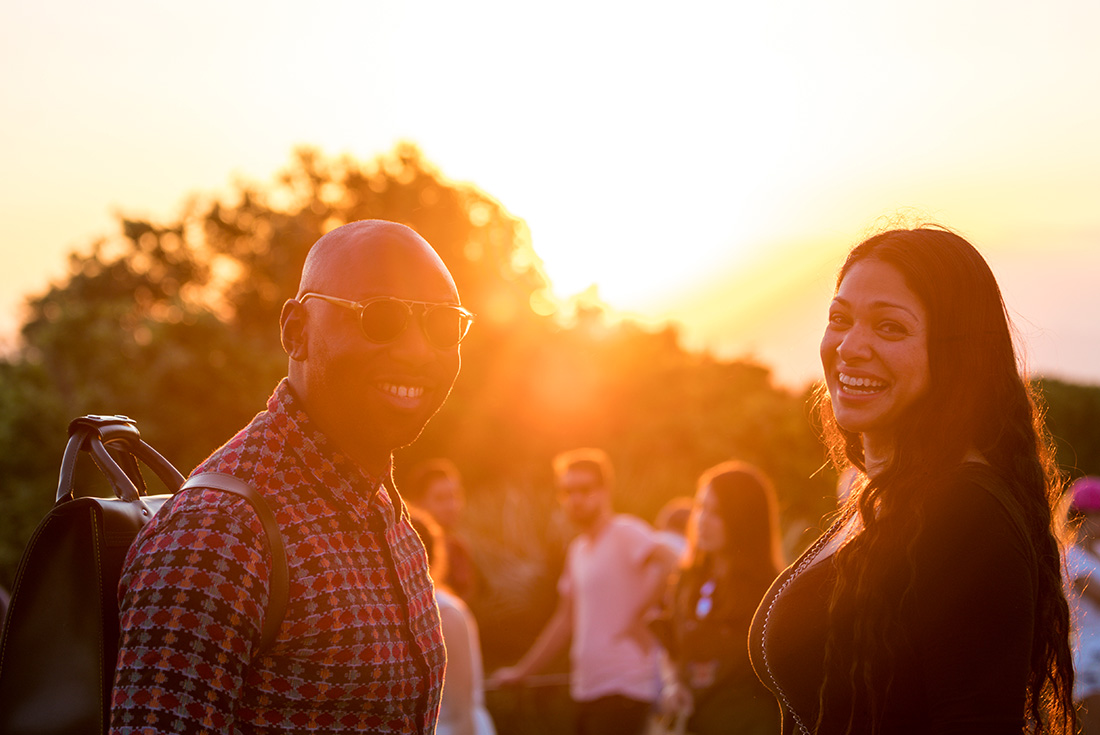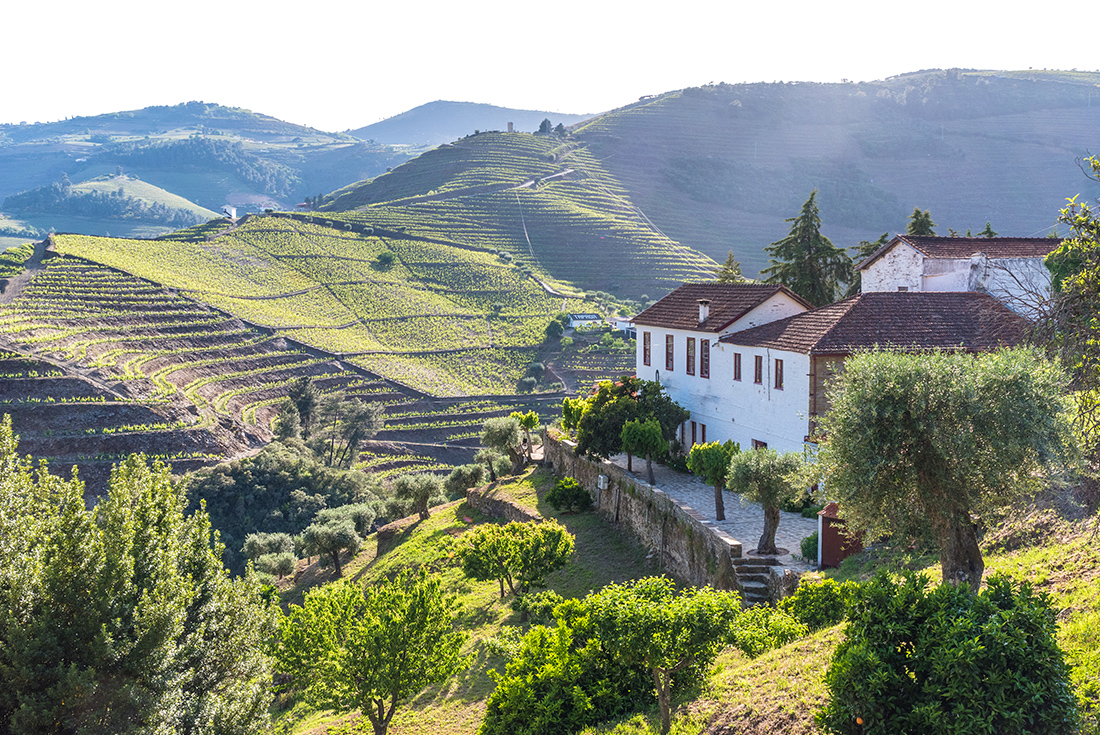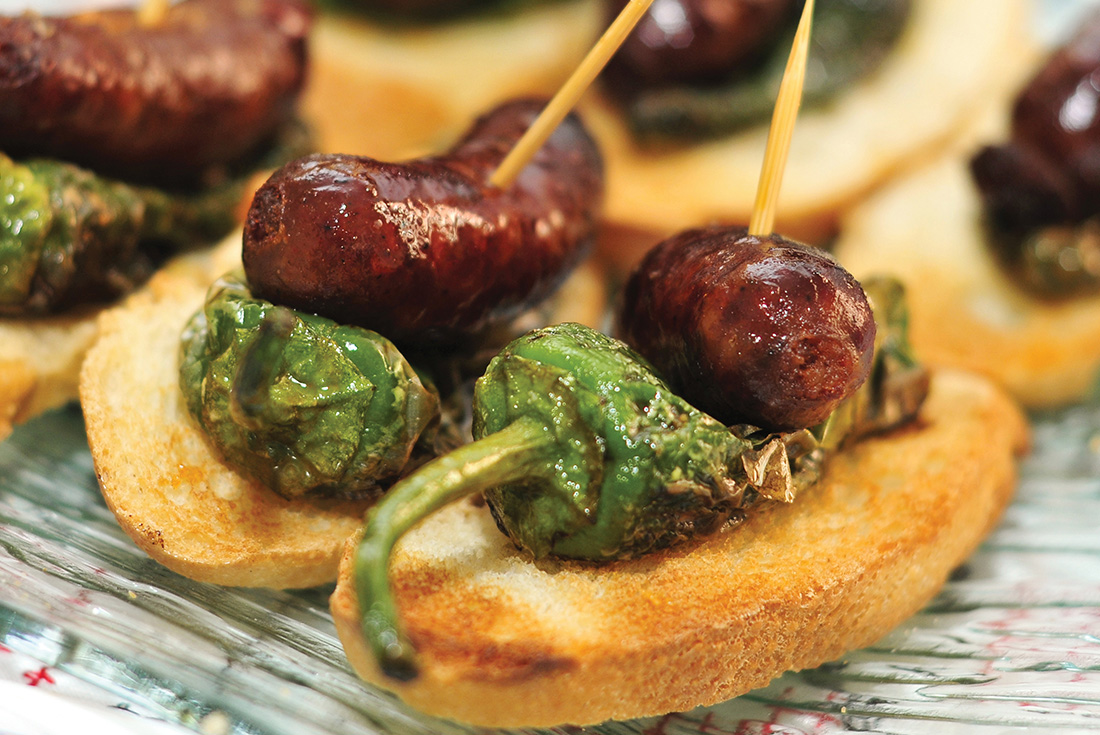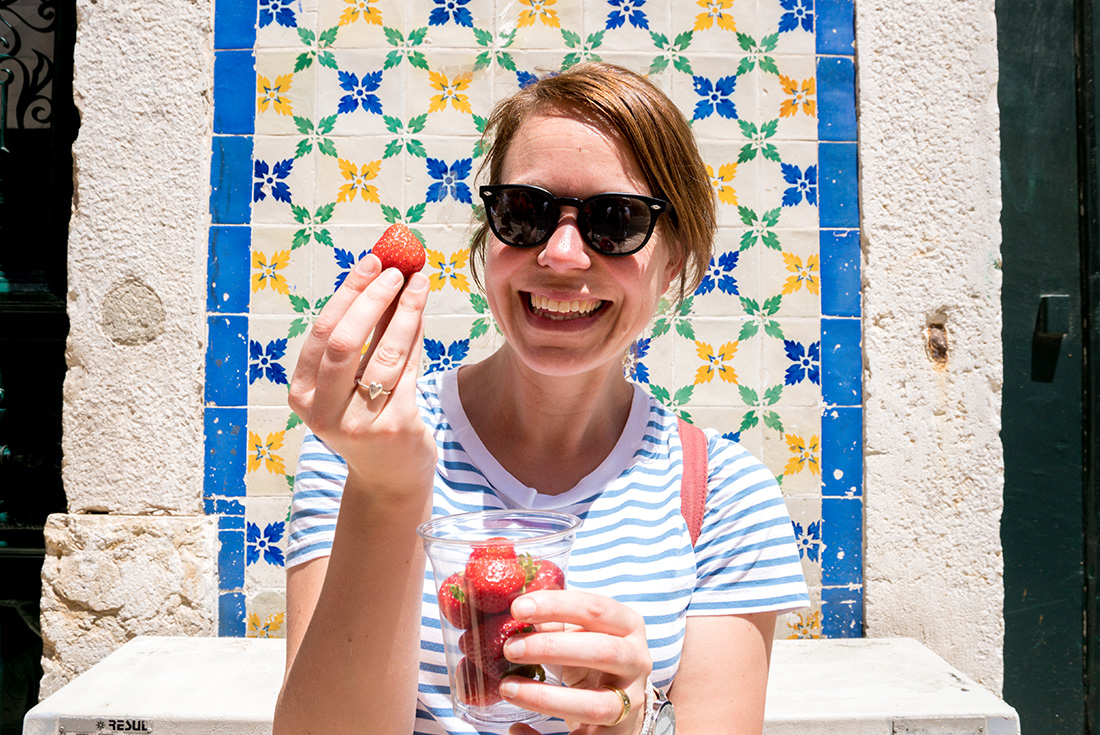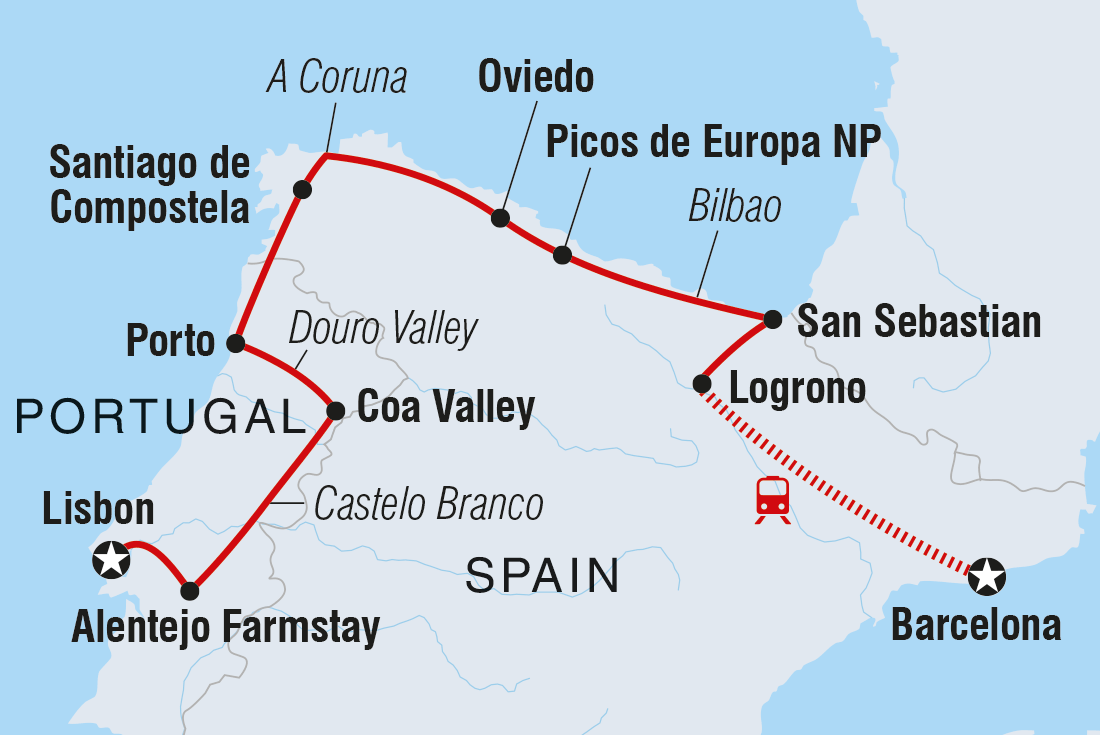SUMMARY
Welcome to the Iberian Peninsula, home to some of the world's freshest seafood, finest wines and most flavourful local produce. On this 17-day trip across Northern Spain and Portugal, tingle your tastebuds as you eat and drink your way through cities and towns made famous by their cuisine. Hop from taperias to wine bars, learn how to cook authentic and delicious local meals, explore ancient wine cellars and fresh food markets and wander the fields of a farm before sitting down to a home-cooked meal. From sweet Portuguese tarts to savoury Spanish jamon, delight all your senses on this food-forward adventure.
TOTAL DURATION : 17 Days
GROUP SIZE : MIN 1 MAX 12
TOUR ITINERARY AND DATES
START : Barcelona
END : Lisbon
COUNTRIES VISITED : Portugal,Spain
Validity : 01 JAN 2025 To 31 DEC 2025
Day :1
Location : Barcelona
Hola! Welcome to Spain. Your adventure begins with a welcome meeting at 6 pm today. For those who arrive early, perhaps explore the streets of the old Gothic Quarter, check out the Picasso Museum, wander the tree-lined boulevard of La Rambla or take the funicular to the top of Montjuic or Tibidabo for some incredible views. After the meeting, jump straight into your adventure by sipping a locally produced cava or vermouth in a local bar, then maybe head out on a tapas crawl with your group, tasting rustic bite-sized Catalan dishes.
Day :2
Location : Barcelona
This morning, get ready for an authentic introduction to Catalan cuisine with a passionate and well-regarded local chef. Taste your way through the stalls of La Boqueria Market and pick up some fresh ingredients for a cooking class. Hang out with the stall holders as you select the best piece of meat, feel for the crispest vegetable and choose the freshest seafood. After, your host will guide you in crafting the Spanish classic of paella. Sit down to lunch accompanied by a glass or two of wine from the nearby Penedes region and spend the afternoon exploring more of the city's food hotspots. You might like to get cultural with some Gaudi at the Casa Mila or check out the La Sagrada Familia. Maybe get lost in the mysterious alleys of the Gothic Quarter and finish the day with a sip of red wine from a porron – a traditional glass pitcher.
Day :3
Location : Logrono
Ride the rails east to the prized vineyards of the La Rioja wine region and Logrono. Logrono sits on the banks of the Ebro River and is the capital of Spain’s most renowned wine region. It also boasts one of the most distinguished culinary traditions in the country and is home to some of the best tapas bars in Spain, all crammed into its small medieval centre. Logrono is a charming city of medieval fortifications, where much work is being done to restore it to its full glory. This evening you’ll go on a walking tour of the Old Quarter, wandering down Calle del Laurel and the 60 or so aperias (tapas bars) that line the way. This is the perfect opportunity to sample a bit of everything, as each bar has its own speciality – taste some grilled chorizo or wild mushrooms and wash them down with a glass of the region’s famous red.
Day :4
Location : San Sebastian
This morning you’ll stop by the Logrono market where you might like to pick up some treats for a picnic lunch later. Then, take a local bus and go back in time to the historic walled town of Laguardia. The entire centre of Laguardia is traffic free and a maze of tunnels lies underground, which have been used to make and store wine for centuries. Tour Laguardia's wine caves, then enjoy a guided tasting through some of the region's distinct varieties. Later in the afternoon, transfer to the stunning seaside San Sebastian – a jewel of the Basque country and a city obsessed with food. Take an orientation tour of the Parte Vieja (Old Town) – a mix of alleyways wedged between the bay and the Urumea River. Tonight, maybe join your leader for an optional tour of the neighbourhood streets for a txikito of pinxtos (a Basque-style tapas crawl). Don’t forget to wash them down with txakoli (slightly fizzy white wine and the region’s signature wine)!
Day :5
Location : San Sebastian
One of the secrets to the success of San Sebastian’s food scene is the obsession with high quality, local, seasonal ingredients. The best way to experience this firsthand it to visit the traditional food markets of La Bretxa or San Martin, which you’ll do this morning before a masterclass in Basque cuisine. In this hands-on cooking class, you’ll learn how to prepare some of the signature dishes of the region, and you’ll also taste Basque products including idiazabal (a local cheese) and txakoli. The afternoon is free you to explore the town or surrounding area. Perhaps catch a cable car to Monte Igueldo for some spectacular views or take a trip along the winding coast to the nearby fishing village of Getaria. Maybe discover San Sebastian’s beaches, shops and streets, or dive into pinxtos bars that range from the traditional to the experimental.
Day :6
Location : Bilbao / Picos de Europa National Park
Continue east to Bilbao – a city that was revitalised by the arrival of the Guggenheim Museum. Spend some free time visiting Frank Gehry’s sweeping metal building and the artistic treasures housed inside and out. After, climb by bus up to the Picos de Europa National Park. The park is not what many people picture as Spain, but an alpine landscape – high, cool, lush and green, with forests, deep gorges, cliffs and grasslands dotted with toffee-coloured cows. Covering some 647 square kilometres, Picos de Europa is Spain's second largest national park and spans across the three provinces of Asturias, Cantabria and Leon. For dinner, tuck into a classic Cantabrian dish, cocido lebaniego (a rich, hearty stew of black pudding, pork shoulder, chorizo and locally grown chickpeas). Preparing this dish starts the day before, so while you savour the satisfying local delicacy, take a moment to learn about the ingredients and preparation. Be sure to enjoy it with some crusty bread and a glass of cider!
Day :7
Location : Oviedo
This morning you'll have the option to head into the national park, where you can go for a walk or take the funicular higher into the mountains for views over the surrounding valleys. After, head to the small mountain town of Potes – bordered by ancient monasteries, Potes is brimming with centuries of history and is a tapestry of bridges, narrow streets and old houses. You’ll arrive in time for the weekly food market, where you’ll have brunch. Depending on the season, you can try locally grown apples, cherries, tomatoes, olives, asparagus or walnuts. On the way to Oviedo, the ancient capital, drive to the hillside village of Arenas de Cabrales. Here, you can taste famous Cabrales cheese (a natural blue cheese produced by farmers using a traditional artisan method). After arriving in Oviedo, stop past an Asturian cider house – the traditional drink of the region. The traditional method of drinking this sparkling treat is to have it poured high over the head into a glass at the knee, which produces natural carbonation.
Day :8
Location : Oviedo
Take a walk around Oviedo, with its unique personality, pre-Romanesque churches, monuments and grand houses. At the heart of the town sits the impressive Gothic San Salvador Cathedral. Get an introduction to the local products of Asturia at El Fontan market, home to excellent fish stalls beneath a canopy of wrought-iron and glass. This afternoon is free for your own exploration. Maybe take a trip up to the port city of Gijon for fresh seafood and sweet-filled bakeries, or the fishing village of Luanco for a relaxing drink on the promenade. For dinner, consider heading to Calle de la Gascona, lined with lively sidrerias (cider houses) serving a wide range of raciones (tasting plates).
Day :9
Location : La Coruna / Santiago de Compostela
This morning, take a bus to A Coruna in the region of Galicia, taking in some of the spectacular Galician coastline during the drive. Visit the impressive fish market in the Praza de Lugo and see the range of seafood on offer. Lunch on fresh seafood at a nearby café, then, like thousands of pilgrims before you, end your journey in the capital of Galicia, believed to be the final resting place of the apostle St James. The beautiful old city of Santiago de Compostela holds many delights within its walls, all overseen by the mighty cathedral. Take a walk around the Old District lit up at night, through the arcaded stone streets, the spacious Praza del Obradoiro and past the archbishop’s imposing palace. Santiago is home to more than just pilgrims, with the large population of students from the university enhancing the city’s nightlife. Perhaps spend the night in one of the cafes, bars or tapas restaurants in the Old Town.
Day :10
Location : Santiago de Compostela
Hola! Welcome to Santiago de Compostela – the capital of northwest Spain’s Galicia region. If you arrive early, maybe walk the streets of the Old Town, known for its distinctive Romanesque, gothic and Baroque buildings. Your adventure begins with a welcome meeting at 6 pm. After, maybe get to know your fellow travellers with an optional dinner of traditional Galician favourites. For seafood lovers, try the pulpo a la gallega (Galician-style octopus).
Day :11
Location : Porto
This morning, you’ll head to a local market in Santiago de Compostela – one of the city’s most popular attractions (alongside the cathedral). Follow your leader as they share tastes of local delicacies around the market. If you like, you can grab some extras for the public bus journey this afternoon, travelling over the border into Portugal. Arrive in the charming city of Porto in the late afternoon – known for its medieval riverside district with colourful houses bordering the Douro River, this is one of the country’s most romantic cities. Tonight, you’ll head out for an included dinner of a plant-based version of Porto's favourite dish, the francesinha.
Day :12
Location : Porto
Taste your way around Porto this morning, exploring its majestic bridges, cobbled streets, merchants’ houses and cafes. From the grand fountain in Praca dos Leoes, head to a local café for coffee and pastel de nata (the famed Portuguese custard tart). Walk through the Clerigos, S. Bento and Se quarters before popping into a bar for a cachorrinho (a spicy bread and sausage mouthful) accompanied by a cold beer. Continue through the Ribeira District, sampling local specialties like bacalhau (dried, salted cod) and a glass of rosé. Round out your explorations with a sip of the city's namesake drop (port) and a selection of petiscos (Portuguese tapas). The afternoon is free for you to explore at your leisure. Maybe pull up a chair in one of Porto's atmospheric tavernas and order another glass of port.
Day :13
Location : Douro Valley - Coa Valley
Take a scenic drive by private vehicle this morning to the Douro Valley. Arrive at Quinta da Pacheca (winegrowers since 1738) for a picnic and wine tasting. Over a couple of glasses of local wine (and a port, of course), you’ll share an assortment of olives, sausages, dried fruits, traditional salads, regional cheeses, apple tartlets and more. Travel on to the Coa Valley – known for the combined efforts of passionate locals to rewild the area, starting with the reintroduction of ancient cow breeds. Here, you’ll stay in an historic guesthouse atop a hill, overlooking the village and surrounding fields. Tonight, enjoy a home-cooked dinner of the best local produce.
Day :14
Location : Alentejo Farmstay
Relax into the day with no plans until a late morning departure. You might like to explore Castelo Rodrigo (the surrounding village) or go for a hike in the countryside. Then hit the road for the Alentejo region – surrounded by wheat fields dotted with grazing cows. Stop at Castelo Branco to stretch your legs and spend some time exploring the historic town. Maybe grab some lunch and people-watch or walk around the Jardim do Paco Episcopal (a popular baroque garden). Continue to your farm stay in Alentejo – this area is renowned for its cork plantations, vineyards and the coveted Azaruja sausage made from black Alentejo pigs. You’ll be greeted with a local tipple and a tour of the farm, which has been in the family for the last six generations. You’ll see what’s it like to live at the farm, before some free time to settle in, take a swim in the pool or amble around the property, enjoying the peace and quiet.
Day :15
Location : Lisbon
Say goodbye to the farm and head to a local olive oil producer for a tasting (a bottle of this locally produced oil makes an excellent souvenir!). Continue to Lisbon, popular for its pastel-coloured buildings and the Sao Jorge Castle. Enjoy some free time when you arrive to find some lunch, then head out on a leader-led orientation walk to get your bearings and see the city’s highlights. As you make your way, take a moment to try some ginjinha, a sweet cherry liqueur that originated in Lisbon. Afterwards, make a detour to Loja das Conservas, a quirky deco store selling canned fish from 17 different national canned fish outlets for you to taste and explore! Tonight, you’re free to explore the city’s nightlife or find a great spot for dinner – your leader will have some great recommendations for local restaurants or where to find the best live fado show (a genre of Portuguese soul music that originated in Africa and has evolved to suit the streets of Lisbon).
Day :16
Location : Lisbon
This morning, visit the local market Mercado da Ribeira – a vibrant food market offering fresh produce, local delicacies and artisanal goods. This afternoon, after some free time for lunch, you’ll visit one of the city's iconic eateries, Pasteis de Belem, for pastel de nata – established in 1837, these are arguably the country's best! First made in the 16th century by nuns, this mixture of crispy pastry and creamy filling is Portugal’s best-known dessert. This afternoon, you’ll head for a cooking class where you can learn how these golden treats are made! Tonight, maybe head out for an optional farewell dinner with your group.
Day :17
Location : Lisbon
Today, there are no activities planned and your trip comes to an end. If you’d like to spend more time in this gorgeous city, just speak to your booking agent.
Reference : IT

